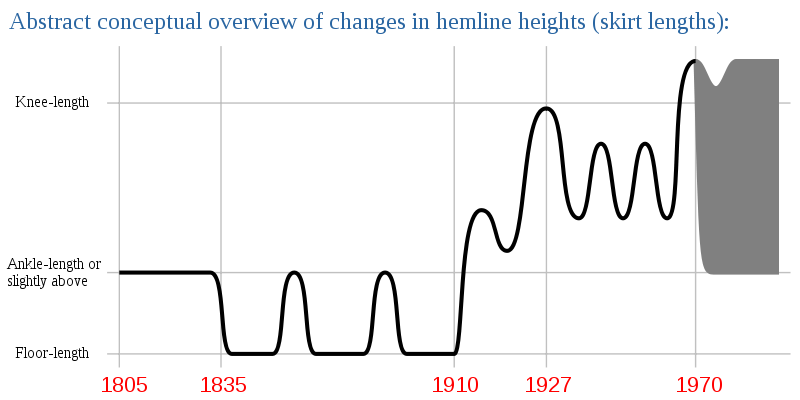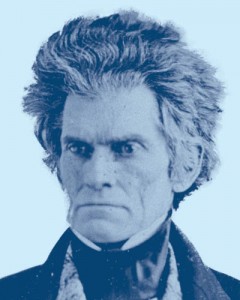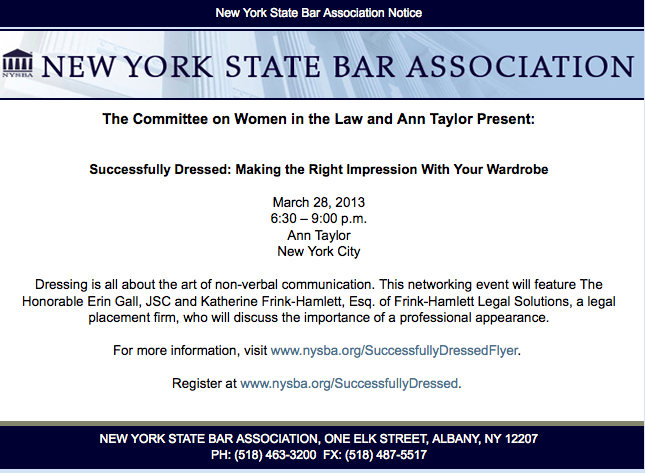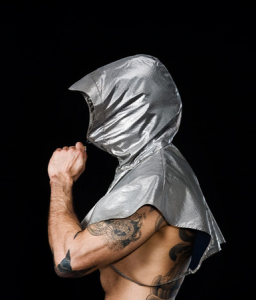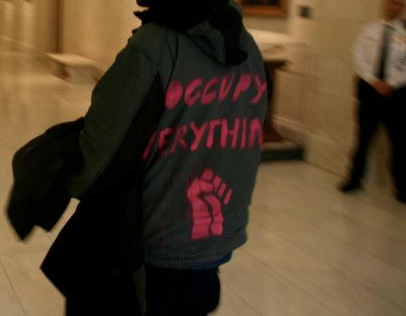Certainly the United States Supreme Court’s current docket has some controversial issues – – – such as affirmative action, voting rights, campaign finance, and same-sex marriage – – – but some of the questions it decides to hear are decidedly less high profile, including a question of statutory construction on the meaning of changing clothes, and indeed, the meaning of clothes.
The Court has granted certiorari in Sandifer v. United States Steel to decide
What constitutes “changing clothes” within the meaning of section 203(o) of the Fair Labor Standards Act?
The section of the Fair Labor Standards Act, FLSA, at issue is a definitional one, defining “hours worked” as excludin g
g
any time spent in changing clothes or washing at the beginning or end of each workday which was excluded from measured working time during the week involved by the express terms of or by custom or practice under a bona fide collective-bargaining agreement applicable to the particular employee.
The Seventh Circuit – – – in an opinion by the controversial and colorful Judge Richard Posner – – – found in favor of U.S. Steel that donning and doffing the safety gear was not necessarily changing clothes. Not for the first time, Judge Posner decided to include an image in his opinion (reproduced at right). Judge Posner explained:
It’s true that not everything a person wears is clothing. We say that a person “wears” glasses, or a watch, or his heart on his sleeve, but this just shows that “wear” is a word of many meanings. Almost any English speaker would say that the model in our photo is wearing work clothes.
Posner also situates the case in labor relations and the steel industry:
From a worker’s standpoint any time spent on the factory grounds is time “at work” in the sense of time away from home or some other place where he might prefer to be if he weren’t at work. But it is not time during which he is making steel, and so it is not time for which the company will willingly pay. If the workers have a legal right to be paid for that time, the company will be less willing to pay them a high wage for the time during which they are making steel; it will push hard to reduce the hourly wage so that its overall labor costs do not rise. The steel industry is inter- national and highly competitive, and unions temper their wage demands to avoid killing the goose that lays the golden eggs. They don’t want the American steel industry to go where so much American manufacturing has gone in recent years—abroad. The plaintiffs are adverse to their union, to the interests of other steelworkers, and to their own long-term interests.
The constitutional issues surface only in the last portion of Judge Posner’s opinion for the Seventh Circuit. The Department of Labor, the federal agency charged with implementing FLSA, has altered its administrative determinations regarding the meaning of “changing clothes.” As Posner writes, this meaning has changed with various Presidential Administrations, explaining in his inimitable prose that “Such oscillation is a normal phenomenon of American politics. Democrats are friendlier to unions than Republicans are . . . .” He adds that “Naturally the Department of Labor does not acknowledge that its motive in switching sides was political; that would be a crass admission. . .”
Moreover, even as the Supreme Court is set to tell us what “changing clothes” means and within that pronouncement, to define “clothes,” these definitions will occur only within the context of a statute. Thus, Congress retains ultimate power here; it could always amendment FLSA to include specific (and even contrary) definitions.
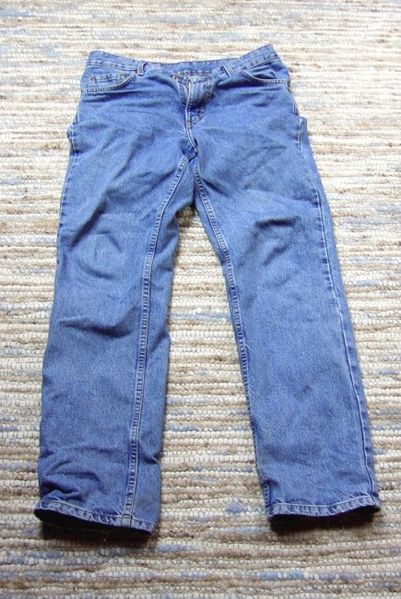 According to the complaints’ allegations, two African-American men boarding a plane in Denver on a flight to L.A. were told that they needed to change their clothes in order to use their first class tickets because “everyone in first class is required to wear slacks, button up shirts, and no baseball caps.” The men, brothers, changed their clothes and boarded the plane. Other men in first class, however, did not conform to the announced dress code. Indeed, according to the allegations, a pair of men – – – one white and one Filipino – – – were both wearing jeans and hooded sweatshirts. These men stated that they were never informed there was a dress code for first class cabin.
According to the complaints’ allegations, two African-American men boarding a plane in Denver on a flight to L.A. were told that they needed to change their clothes in order to use their first class tickets because “everyone in first class is required to wear slacks, button up shirts, and no baseball caps.” The men, brothers, changed their clothes and boarded the plane. Other men in first class, however, did not conform to the announced dress code. Indeed, according to the allegations, a pair of men – – – one white and one Filipino – – – were both wearing jeans and hooded sweatshirts. These men stated that they were never informed there was a dress code for first class cabin.
